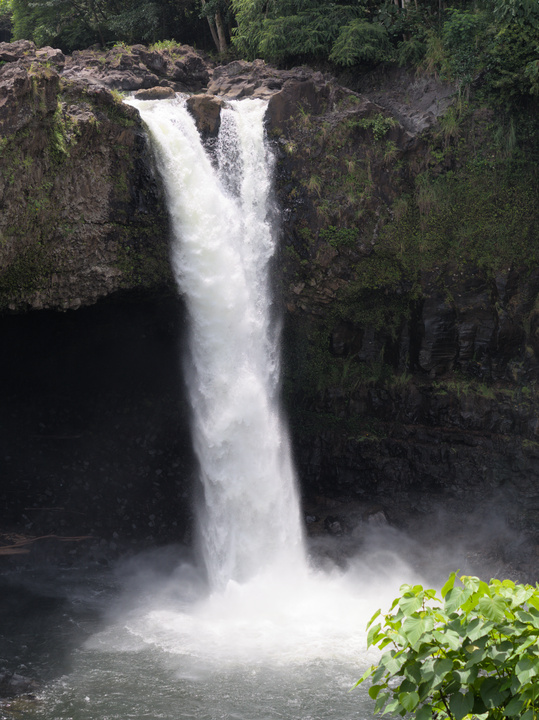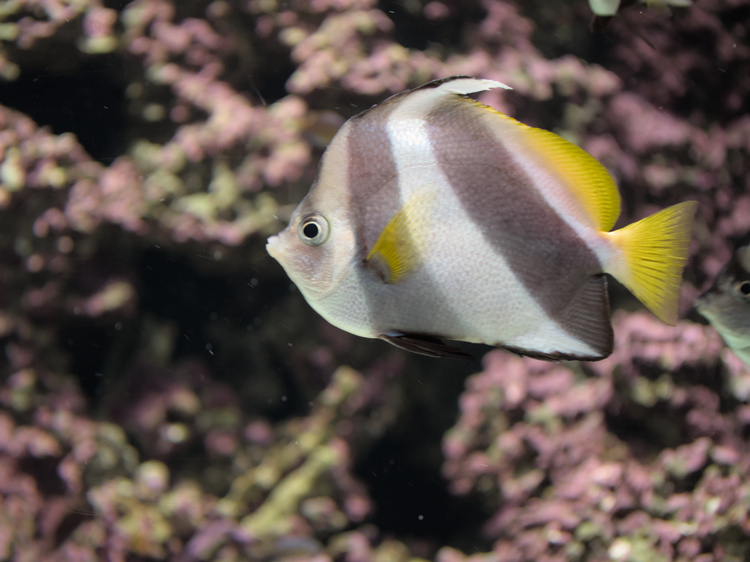After swiftly passing by Japan and a bit of time travelling, we landed on Hawaiʻi archipelago. We visited two of the islands: Oʻahu and Hawaiʻi Big Island.
Oahu
Honolulu
After spending one afternoon stocking up, both in food and other essential (like a Super Mario World T-shirt for Karen and a Cowboy Bebop one for me), we went to the beaches near Honolulu, arriving to Fort DeRussy Beach1. After a stroll on the beach, we bought some food in a nearby food truck, that also had rainbow shaved ice 🌈.
As May seemed to be low season, the beach was pretty empty. The sea was also very calm, resulting in a nice experience, given that I don’t usually like going to the beach.
In the afternoon, we walked by downtown Honolulu, passing by King Kamehameha’s statue in front of Aliʻiolani Hale2, building that was seat of government of Hawaiʻi’s monarchy and today is the home of the Hawaiʻi State Supreme Court. Going back to Kamehameha’s name, which probably you know from some other place, it is the name of a dynasty of Hawaiian kings. Kamehameha I 3 unified the archipelago under one his rule, turning into the first king of Hawaiʻi. The famous technique from Dragon Ball borrows its name from this dynasty and it was suggested to Akira Toriyama by his wife, as it makes a nice wordplay with the turtle theme (kame in Japanese) of Master Roshi.
Mākaha Beach and Sharks Cove
Next day, we tried to go to Makua Keaʻau Reserve, following Google Maps instructions. However, when we arrived to Makaha Valley Towers entrance, the guard told us that the Reserve is not easy to reach and suggested another place to go for a walk. Although we couldn’t find the exact place he suggested, we ended up on Mākaha Beach, which is surrounded by a nice landscape. My cellphone ended up dying when we went into the sea, as I forgot to take it out from my pocket.
To finish the day, we headed up for the North side of the island, to see the sunset. Although I didn’t exactly knew the place name on that moment, after a bit of research using Google Maps, I think it is called Sharks Cove.
Hawai’i Big Island
Hilo
On Big Island we stayed at Hilo 4, located on the East side of the island. As we learned in the Tsunami Museum 5, the location of the island and Hilo’s own geography make the place very vulnerable to tsunamis. About the museum itself, I don’t recommend visiting, since it is very small compared to its entry fee.
Our fist stop in a natural tourist attraction on the island were the Rainbow Falls 6, or Waiānuenue by its Hawaiian name. Its name comes from the rainbows produced in sunny mornings. The Falls can be seen from a free access viewpoint. In the parking lot there were some hens marauding between the cars, probably looking for scraps of foods from the visitors.
Touring around downtown Hilo we found ourselves in the Makupāpapa Discovery Center 7, which is dedicated to educating about Coral Reefs in Hawaiʻi. We asked the staff about the status of Highway 11, which connects Hilo with the South side of the island, but it may be closed as it crosses the Volcanoes National Park8 and Kīlauea volcano was erupting when we visited.
Punaluʻu and Kailua-Kona
One of the main attractions of the island is the Volcanoes National Park, but it was closed by Kīlauea’s eruption. There were still places left to visit, like the Green Sand Beach, Papakōlea9, and the Black Sand Beach, Punaluʻu10. Both of them get their distinctive colors from minerals produced as a byproduct of the volcanic activity. As it is way easier to get to Punaluʻu, we ended up visiting that beach, which is a resting spot for sea turtles.

Turtles are protected by law. You have to maintain a minimum distance to them, to avoid distrubing them.
We followed our tour by the West side of the island, visiting the Puʻuhonua o Hōnaunau National Historical Park 11, but we couldn’t learn much, because we arrived too close to the closing hour.
To finish the day, we visited Kailua-Kona, which is located in the West side of Big Island. We signed up for snorkeling the next day to see Manta rays. With an adventure already planed for the next day, we returned to Hilo.
Botanical Garden and Manta Rays
Before going to Kailua-Kona, we made a visit to Hawaiʻi Tropical Botanical Garden 12. Although the entry fee is a little expensive, the variety of species and the garden extension made a whole day visit totally possible, so it is a recommended visit.
After the garden we went straight for Kailua-Kona. When we arrived to the tour agency, we received our silicone suits and our diver fins. We asked if they loaned action cameras, but they didn’t, so we had to settle with just enjoying the moment.
Once on top of the boat, the crew explained us the safety rules and the prohibition of touching the Mantas. The Manta watching starts after the sun sets, as they use lights to gather the plankton, which attracts the Mantas to an specific place. This raises the probability of seeing them, making possible to have them very close. The experience is highly recommended and it is not mandatory to know how to swim, as I can attest.
Once in firm land, I recalled that a friend from the time I was active in the Chilean Origami community, Nicolás Gajardo13, taught me how to fold his Manta ray model, so I went to find a sheet of paper to fold one. I finally found a booklet to fold, so I gave the crew an origami Manta ray to thank them for the experience.
When we started our trip back to our staying place, we got a flat tire in a parking lot. As it was somewhat late and the rental company didn’t answer the phone, we decided to replace the tire ourselves. However, we couldn’t find the tools inside the car. Looking for someone to borrow them, we ended up in a gas station. Then, a truck with party lights on the top, a bubble machine on the back and some decoration on the hood acting as the bow of a viking or pirate ship, arrived into the station. A man as extravagant as the truck comes out of it. He called himself Sargent Bla and he told us that the bubbles and lights are part of the services he rents for birthdays.
Luckily for us, the Sargent had a jack on his truck and he offered his help in changing our tire. On the way back to the parking lot, he told us that he was a Marine, so that’s why he calls himself Sargent. After we told him we are from Chile, he put music in Spanish as we changed the tire. By pure chance, the first song that played was from Sonora Tommy Rey14, a Chilean band. Once we changed the tire with Sargent Bla’s help, we set off our trip back to Hilo, and then back to Chile.














